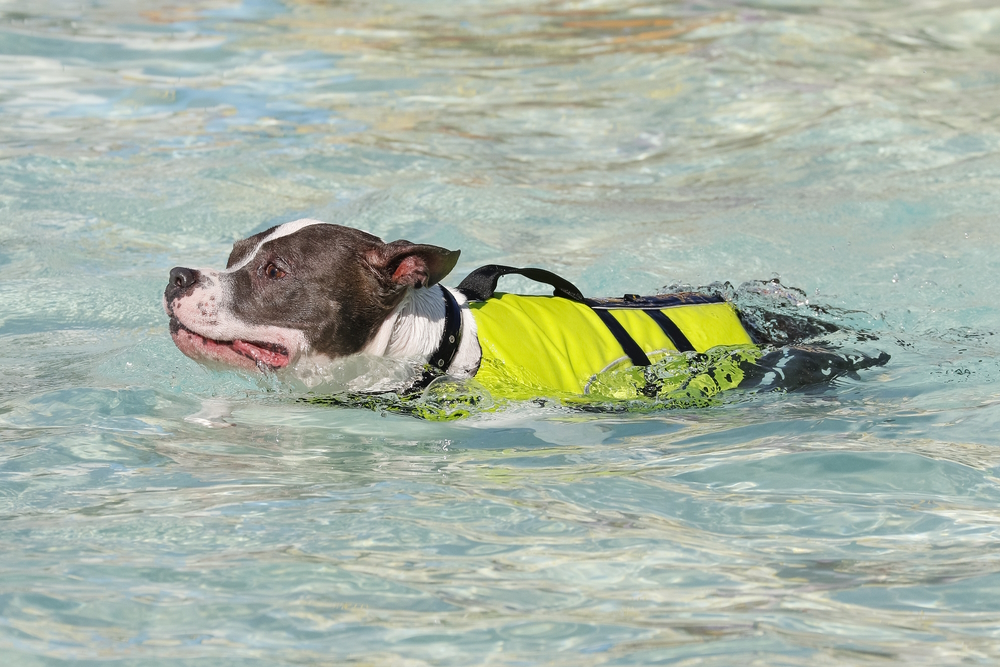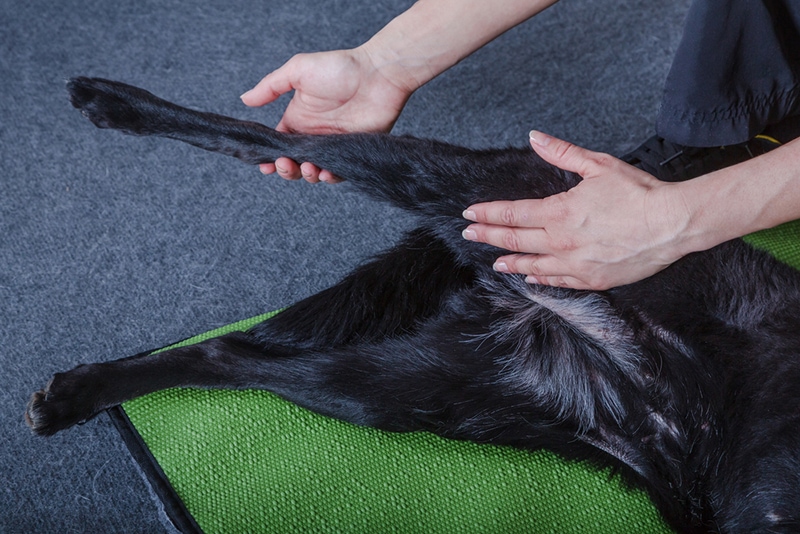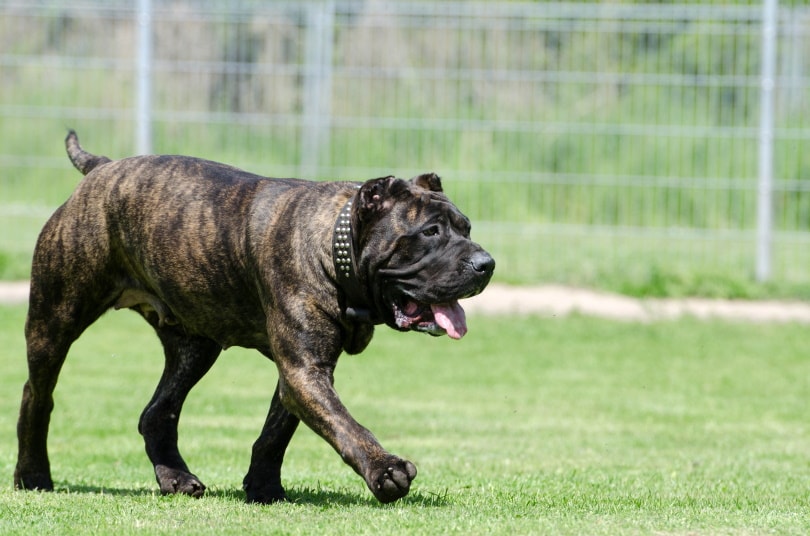Canine osteoarthritis, more commonly referred to as arthritis, is a term used to describe the abnormal inflammation of one or more joints in a dog’s body. It is one of the most commonly diagnosed ailments in dogs, with a clinical prevalence of 2.5%. However, despite its relatively high prevalence, it is also often undiagnosed, with true prevalence likely being anywhere from 20-25%.
Arthritis can be caused by several factors, but the underlying cause is usually one or a combination of the following: injuries, infections, immune-mediated diseases, and developmental issues.
Managing osteoarthritis after a diagnosis can be tricky. In some instances, surgical intervention or long-term medication might be prescribed. However, in mild instances, a veterinarian may prescribe some exercise for your pup. In this article, we’ll discuss some of these exercises.

Please note that if your dog is diagnosed with osteoarthritis, then you should ALWAYS consult with a veterinarian before embarking on an exercise program for them. Depending on the severity or underlying cause of osteoarthritis in your pup, some exercises might sometimes be contraindicated (not advised) until a vet gives you the green light to conduct them.
Did you know you can speak to a veterinarian without having to travel? Just head over to PangoVet. It's an online service where you can talk to a vet online and get the advice you need for your pet — all at an affordable price!


The 4 Exercises for Dogs With Arthritis
1. Slow Walks on Soft Surfaces
A slow walk on a soft surface (such as grass) is one of the best exercises for an arthritic dog. Dogs that are overweight should walk at a very controlled pace, ideally on a well-padded dog treadmill with a low-speed setting.
Several small walks in a day are recommended over longer walks. To ensure that you do not overwork your dog, you should consult with a dog physiotherapist or a veterinarian when walking your pup this way.
2. Swims
Another excellent, low-impact exercise for arthritic pets is swimming.1 The buoyancy a swimming pool provides reduces the impact on your dog’s joints, which can make the workout less painful. In addition, it’s a great bonding experience for dogs that like swimming.
We suggest looking for indoor venues to frequent during the fall and winter. Pools with saltwater are generally preferred over chlorinated pools for dogs. It is recommended to have your dog wear safety gear (including a dog safety vest) when they are swimming as part of a management plan for arthritis, even if they are expert swimmers. The additional buoyancy the vest provides makes the exercise less strenuous for their joints.

3. Arthritic Massages
Massages are sometimes prescribed to dogs when their joints lack appropriate range of motion or when the surrounding muscles are too weak for your dog to engage in active movement. It is best to have these done by a professional, as the wrong technique or improper pressure on your dog’s joints may cause more harm than help.
Though massages are often viewed as a luxury, they are considered exercise for dogs with exacerbated forms of arthritis. Moving the muscles and gently restoring the joint’s mobility does indeed count as exercise.
4. Physiotherapy
At times, your dog may be prescribed a specific exercise to work on a very specific group of muscles that support a problematic joint. These are usually prescribed by a veterinarian as part of a recovery or management program for an arthritic joint. These specific exercises are usually very subtle movements and don’t take too long to complete. However, their importance shouldn’t be understated because they’re often known as isolation exercises which target a very specific area of your dog’s body.
Often, a vet may refer you to a canine physiotherapist during the start of such a program to ensure that they can perform these exercises for your dog and teach you how to do them as well.


Final Thoughts
Although osteoarthritis is a challenging diagnosis to work with, it does unfortunately affect a large part of the canine population. Some forms of arthritis can be improved with veterinarian approved exercises. In this article, we’ve covered some of the most common exercises for such scenarios.
It is important to remember that you should always consult with a veterinarian before incorporating any new exercise program into your arthritic dog’s routine.
Featured Image Credit: Piqsels




















